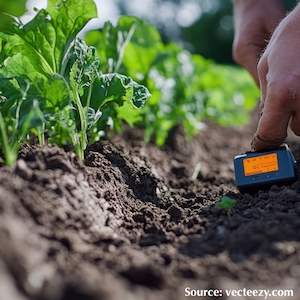Design and experiment of air-suction precision seed discharging device for wheat

All claims expressed in this article are solely those of the authors and do not necessarily represent those of their affiliated organizations, or those of the publisher, the editors and the reviewers. Any product that may be evaluated in this article or claim that may be made by its manufacturer is not guaranteed or endorsed by the publisher.
Accepted: 6 May 2025
Authors
A pneumatic precision wheat seed metering device was designed to improve the uniformity of wheat sowing. The structure and working principle of the seed metering device were described, and the effects of the shape, diameter, depth, number, and distribution of seed-distributing holes on the negative pressure at the seed-distributing holes were analyzed, leading to the determination of the optimal working parameters. The factors directly influencing the negative pressure at the seed-distributing holes were identified through an analysis of the forces acting on the seeds in the seed filling zone. A prototype of the seed metering device was fabricated and subjected to bench tests. The designed seed metering device achieved a qualified rate of 90.7%, a replanting rate of 4.8%, and a missed sowing rate of 4.5%, meeting the agronomic requirements for wheat sowing. This study provides theoretical guidance and parametric references for the design of future pneumatic wheat seed metering devices.
How to Cite

This work is licensed under a Creative Commons Attribution-NonCommercial 4.0 International License.









